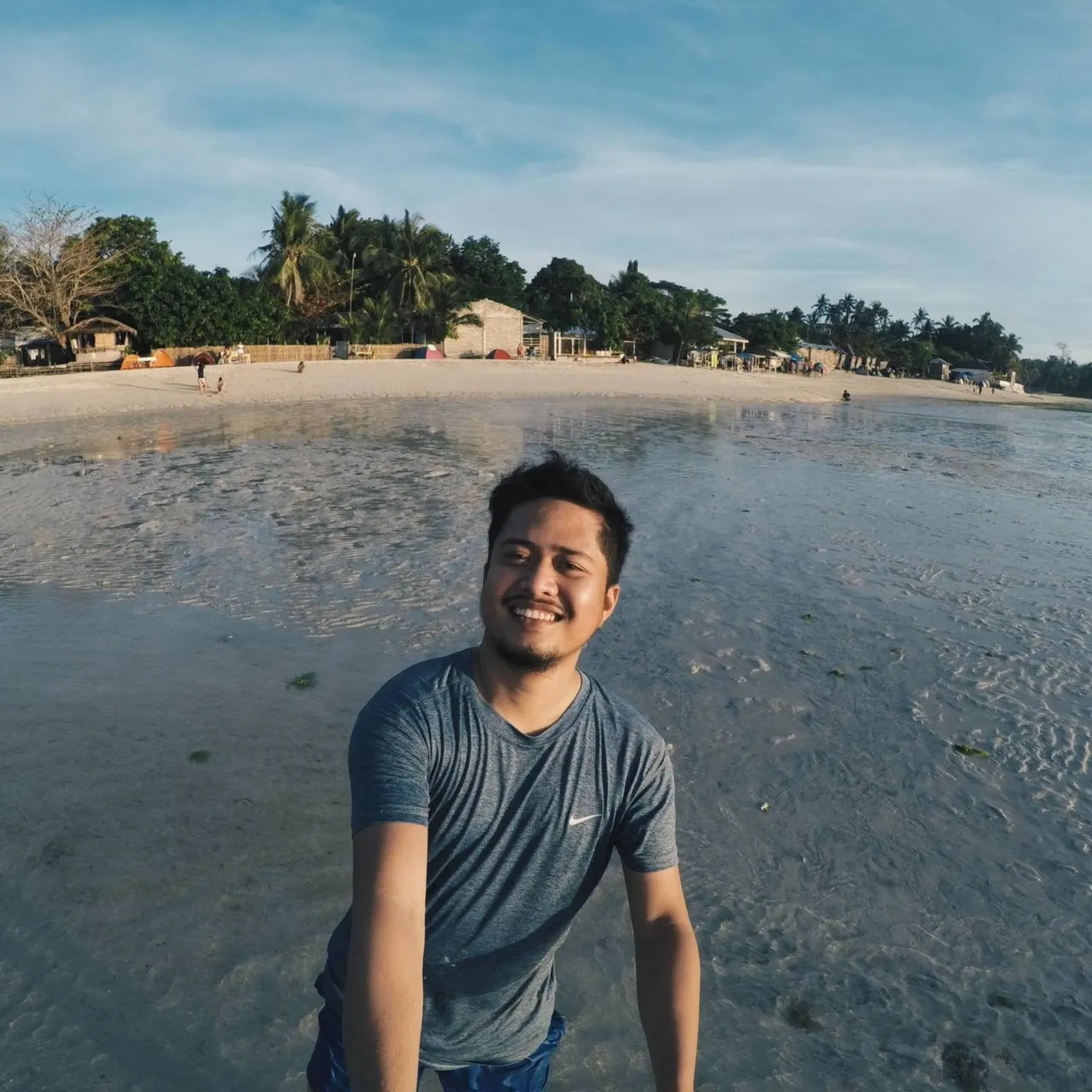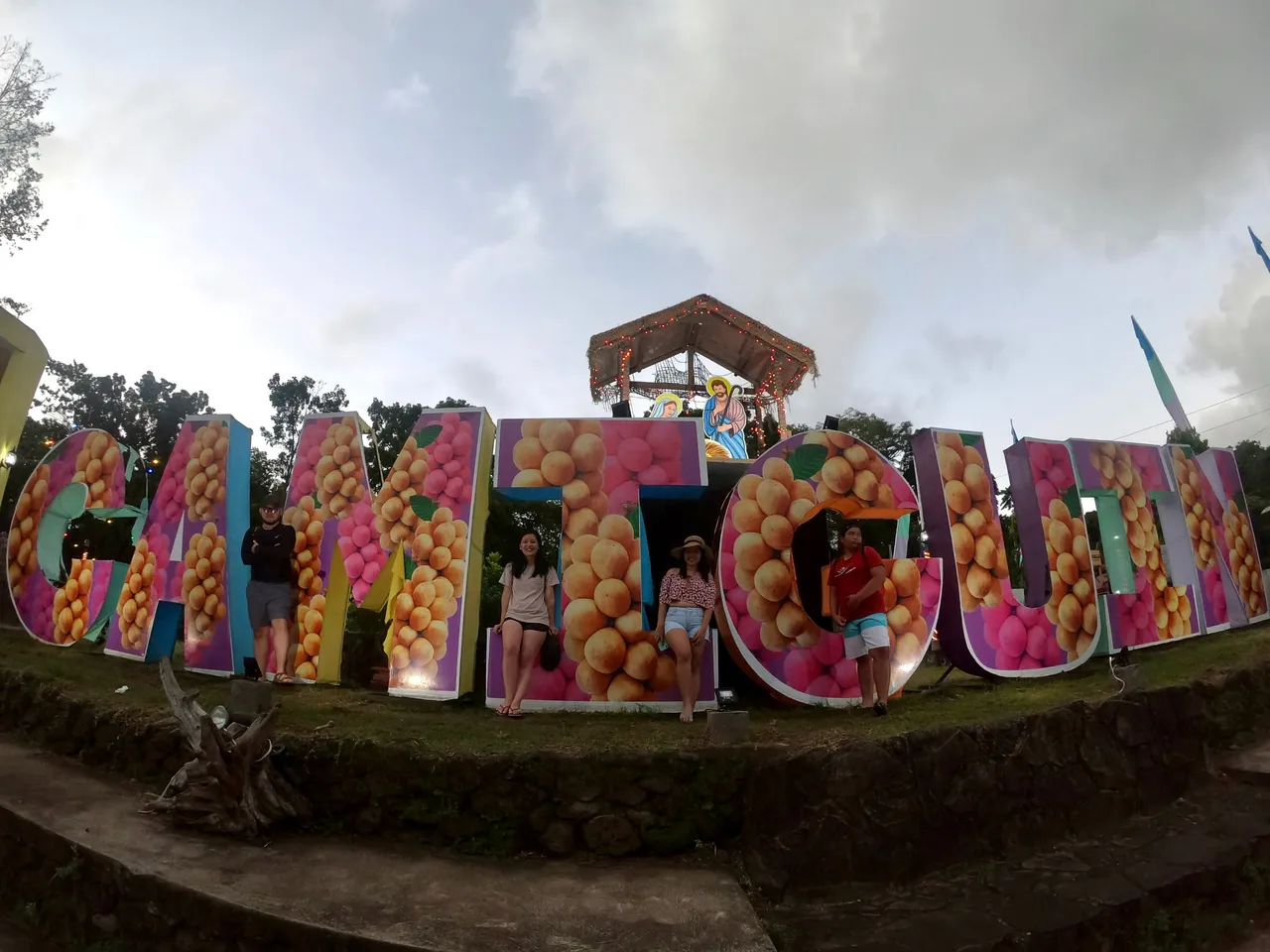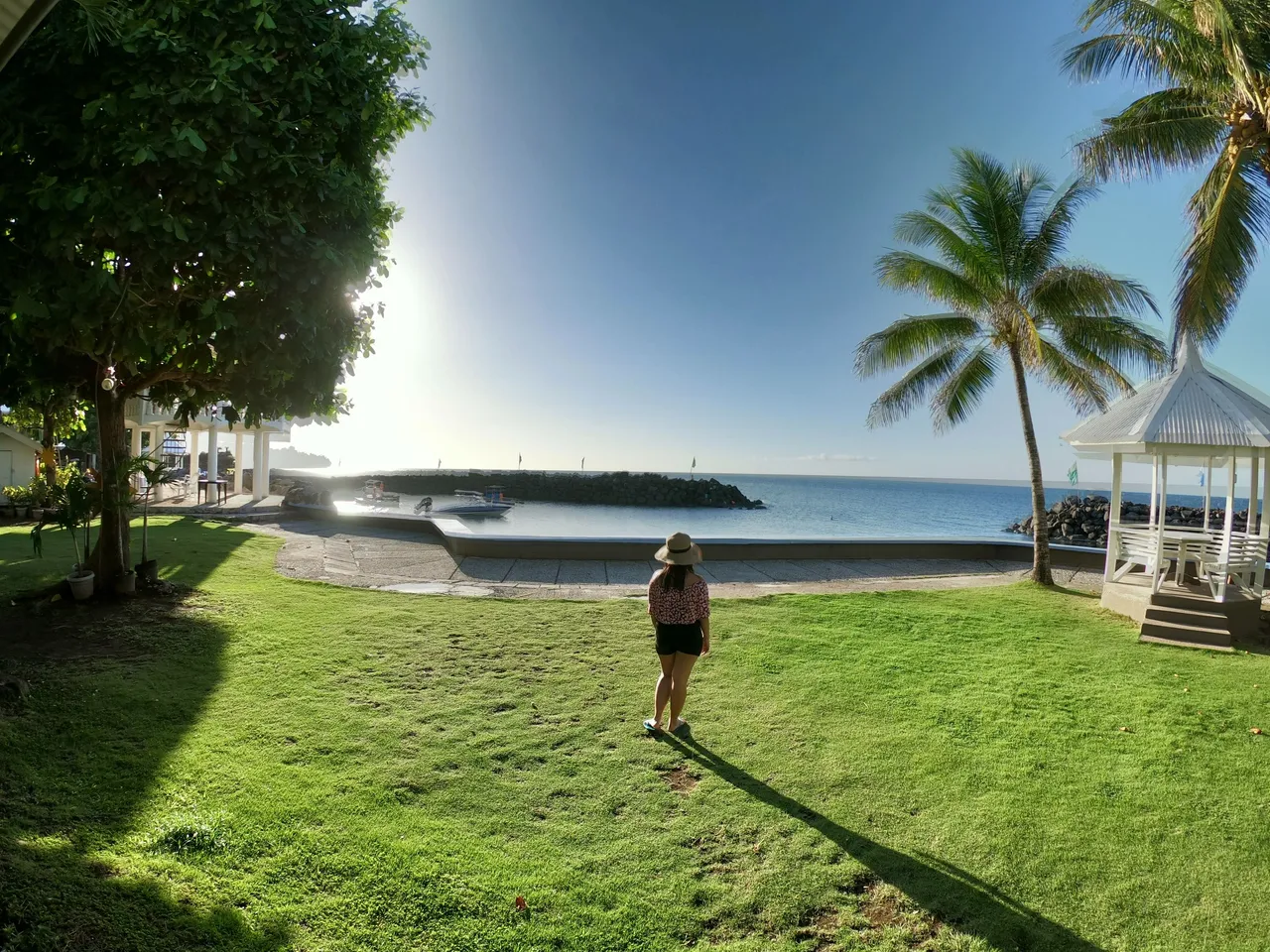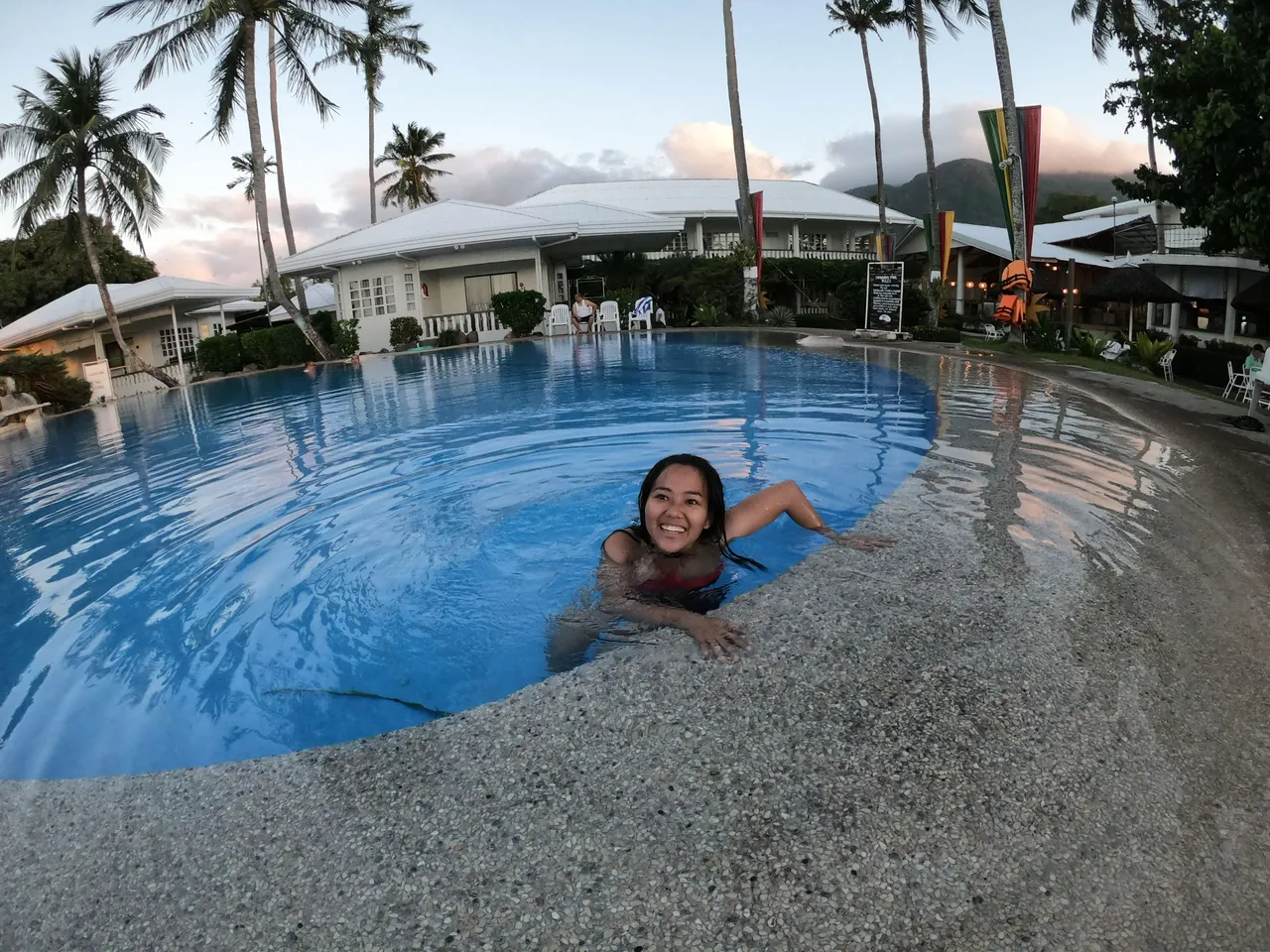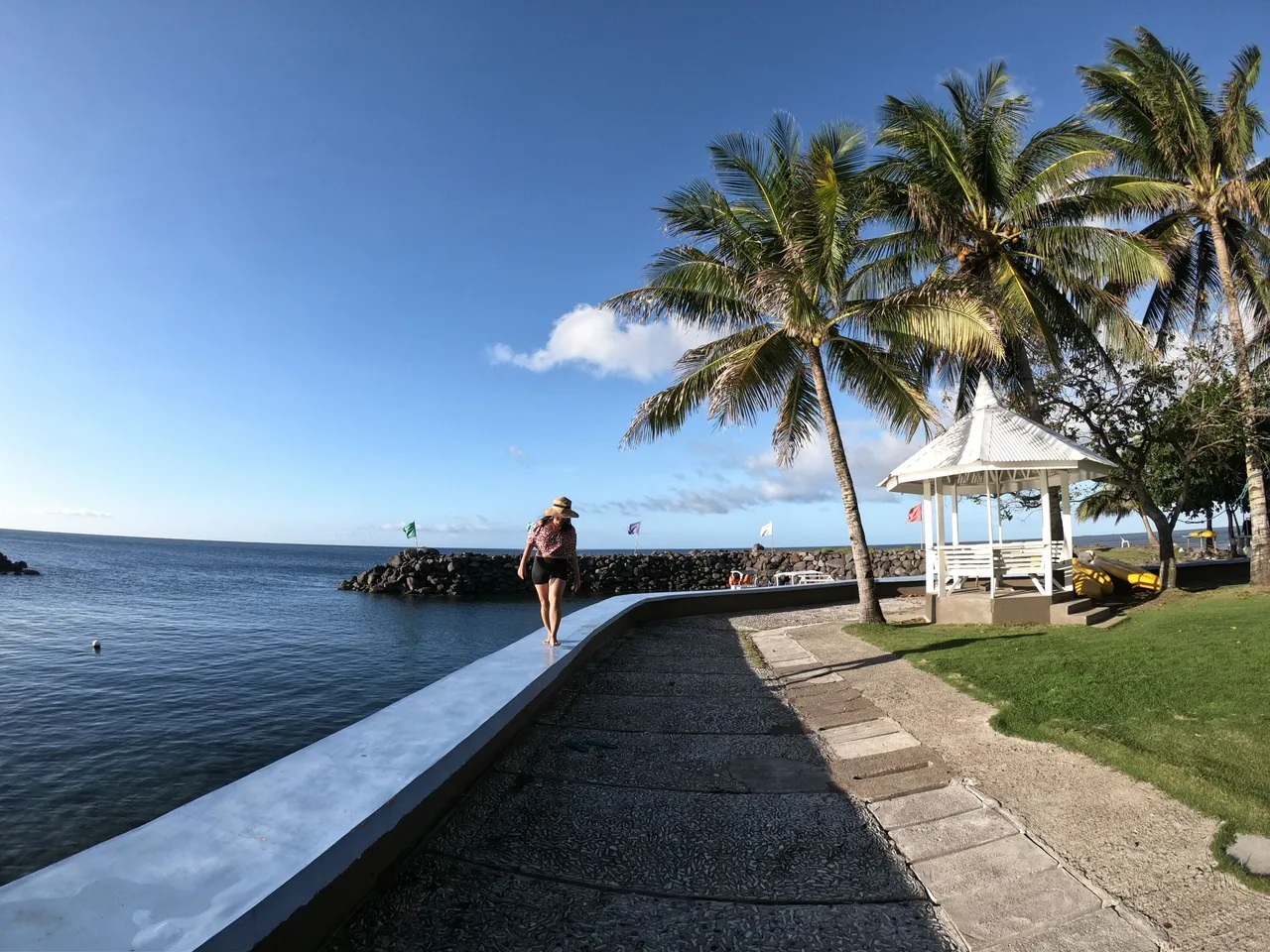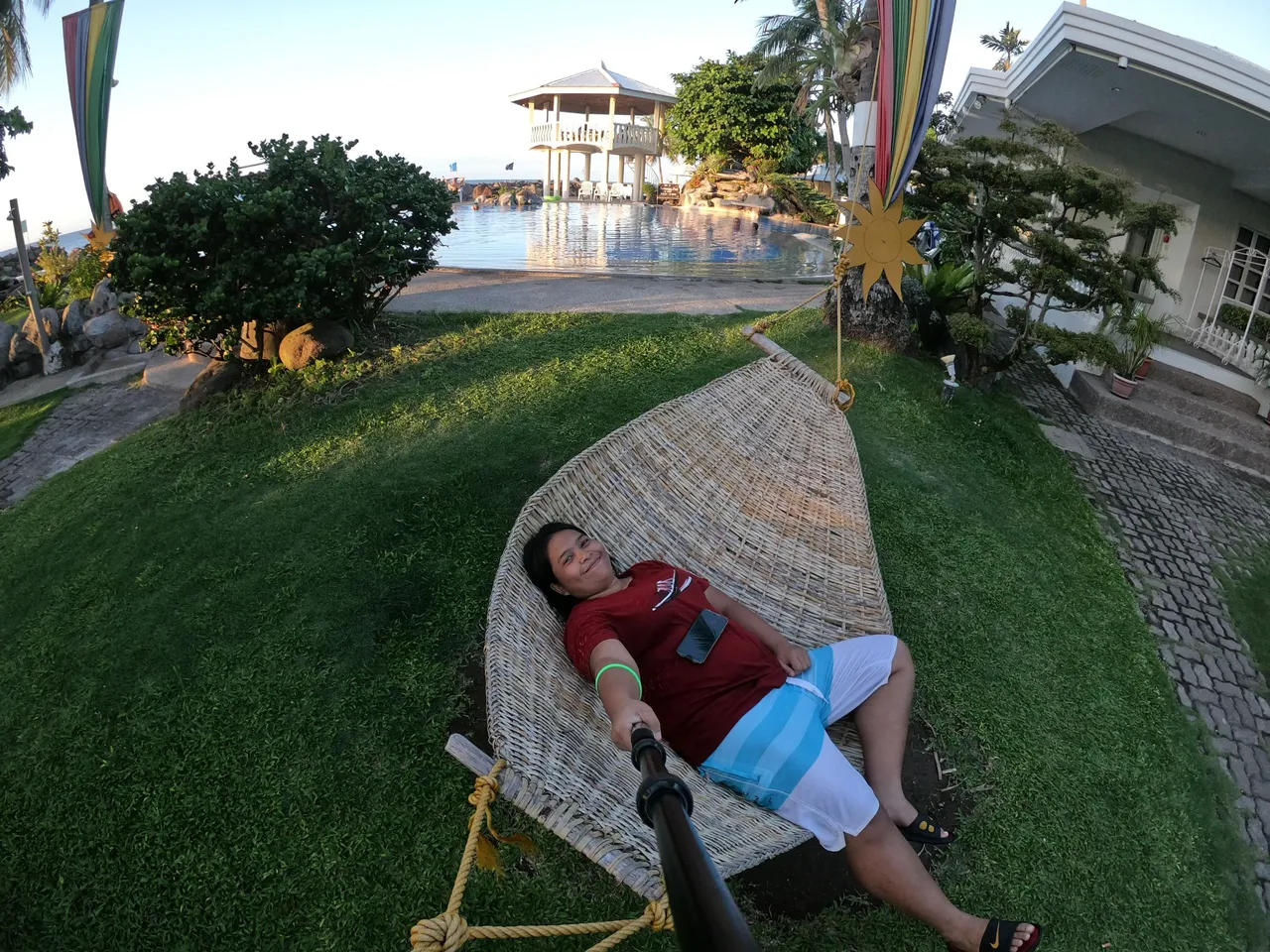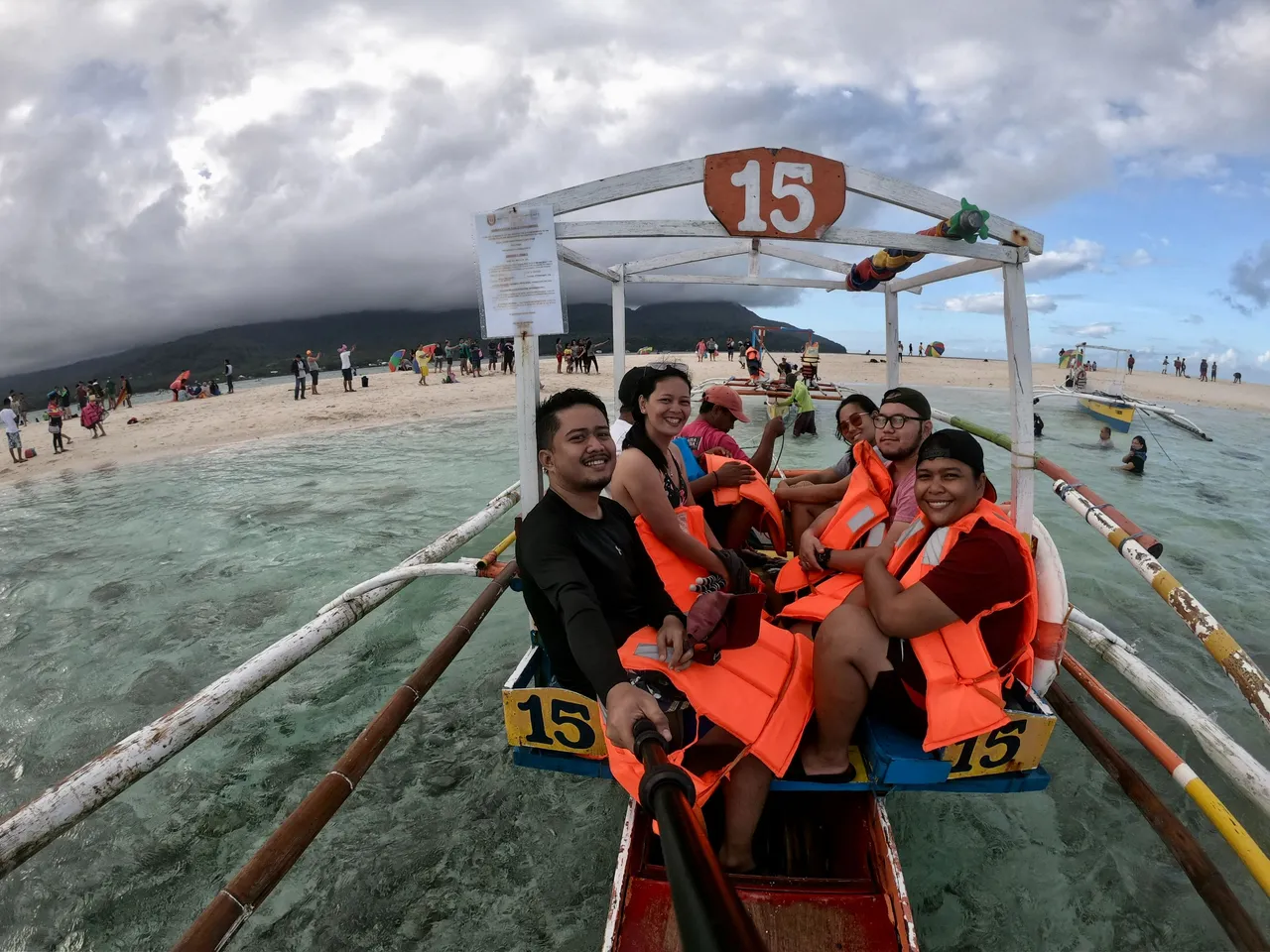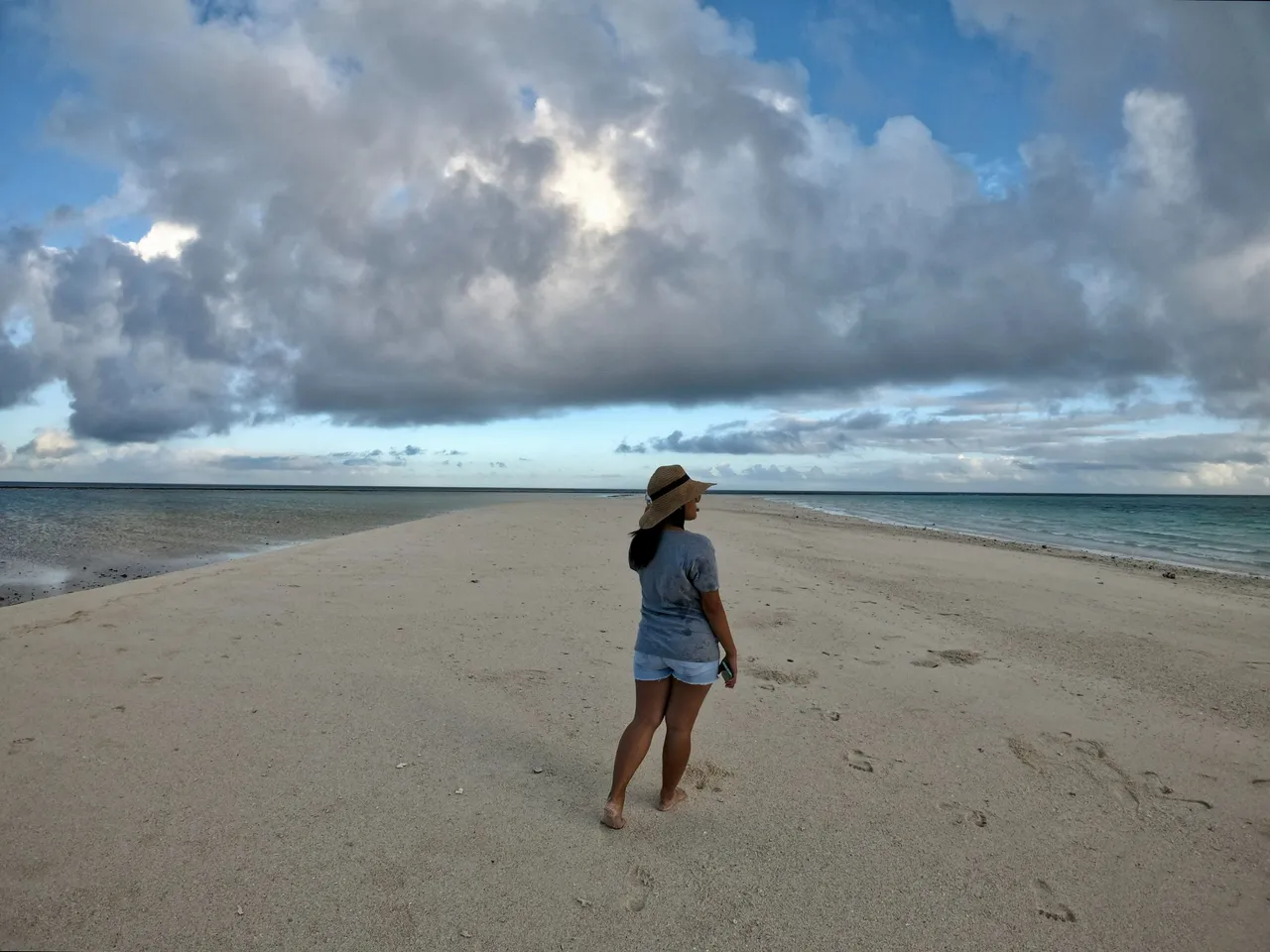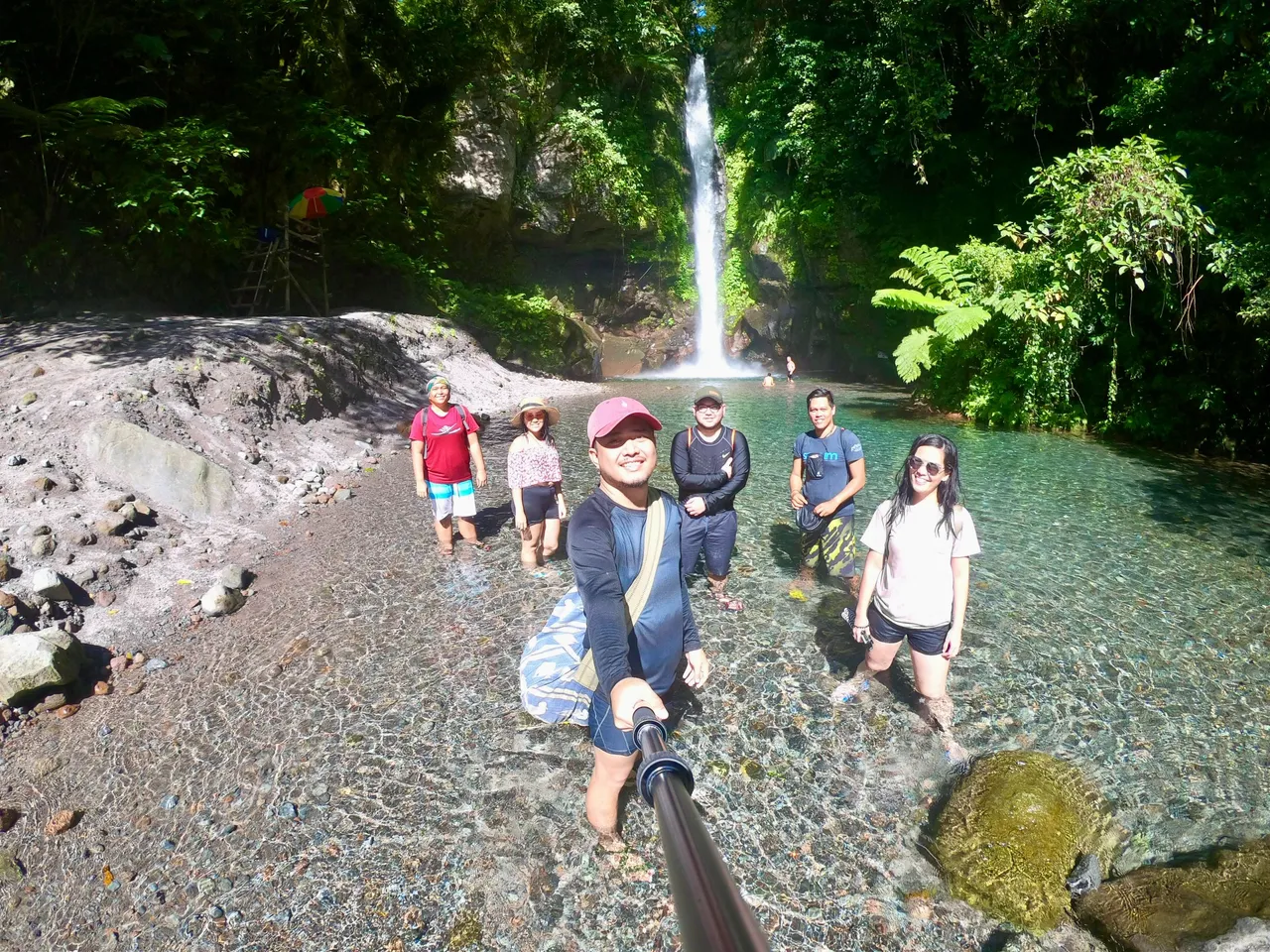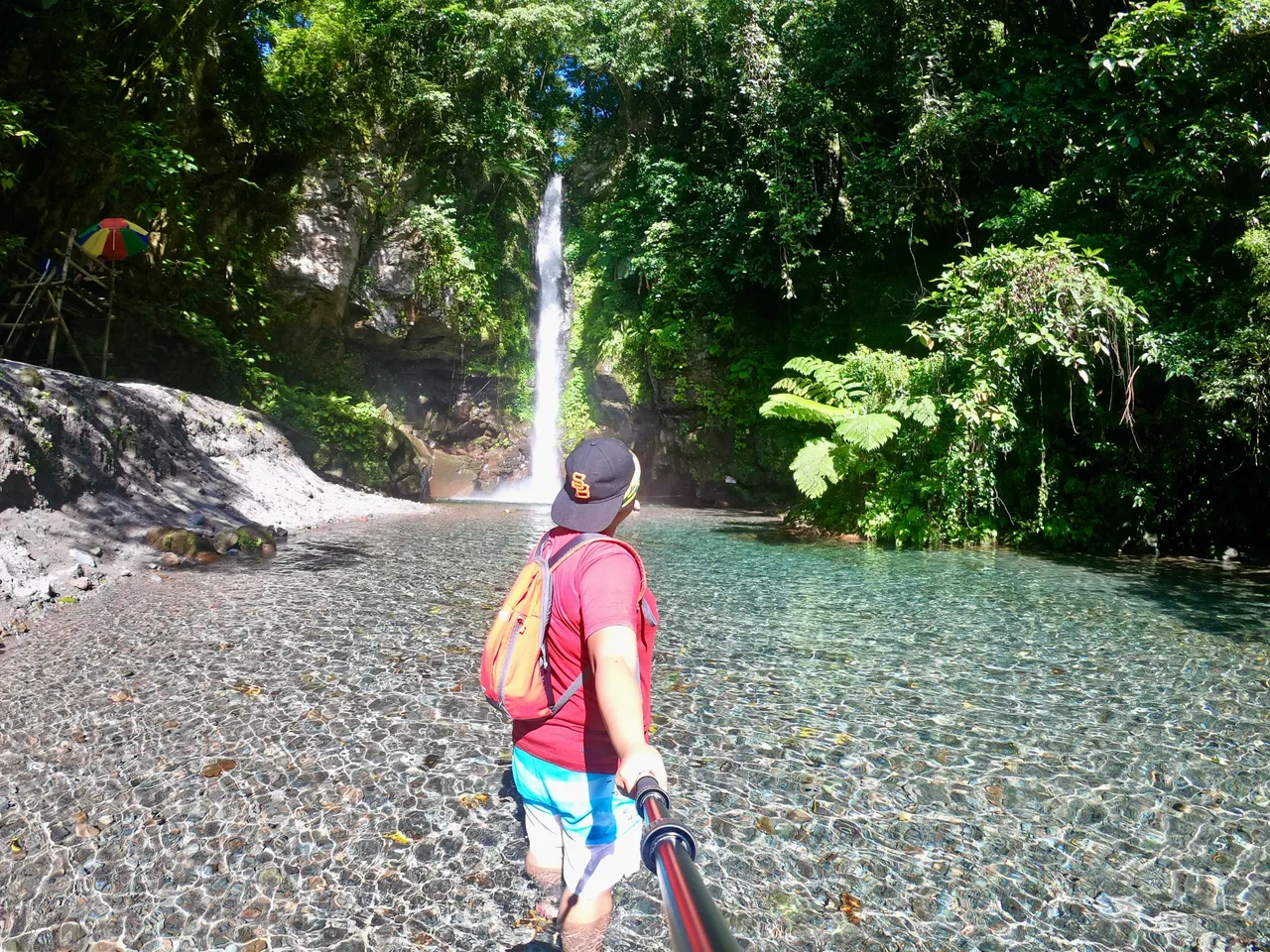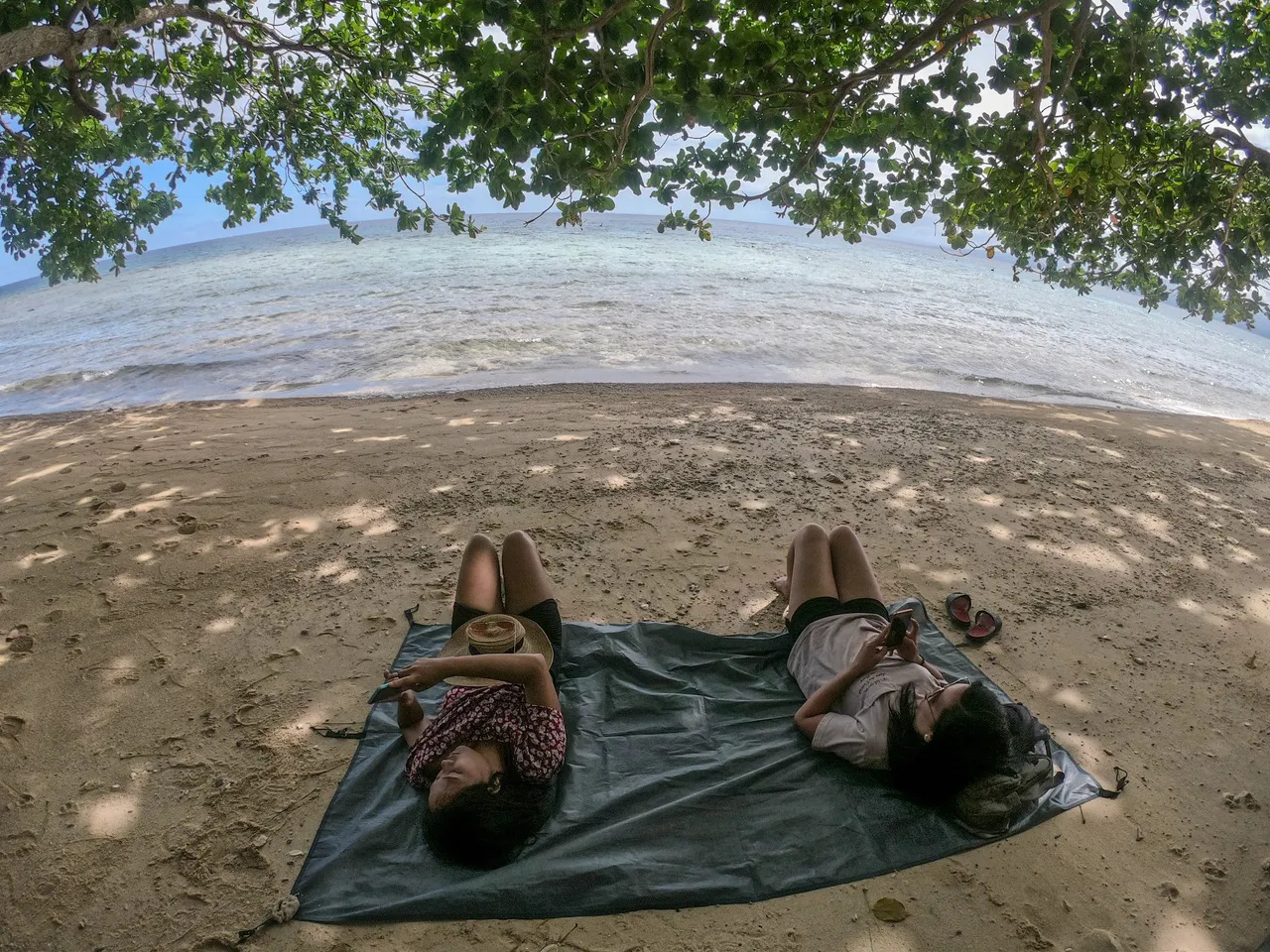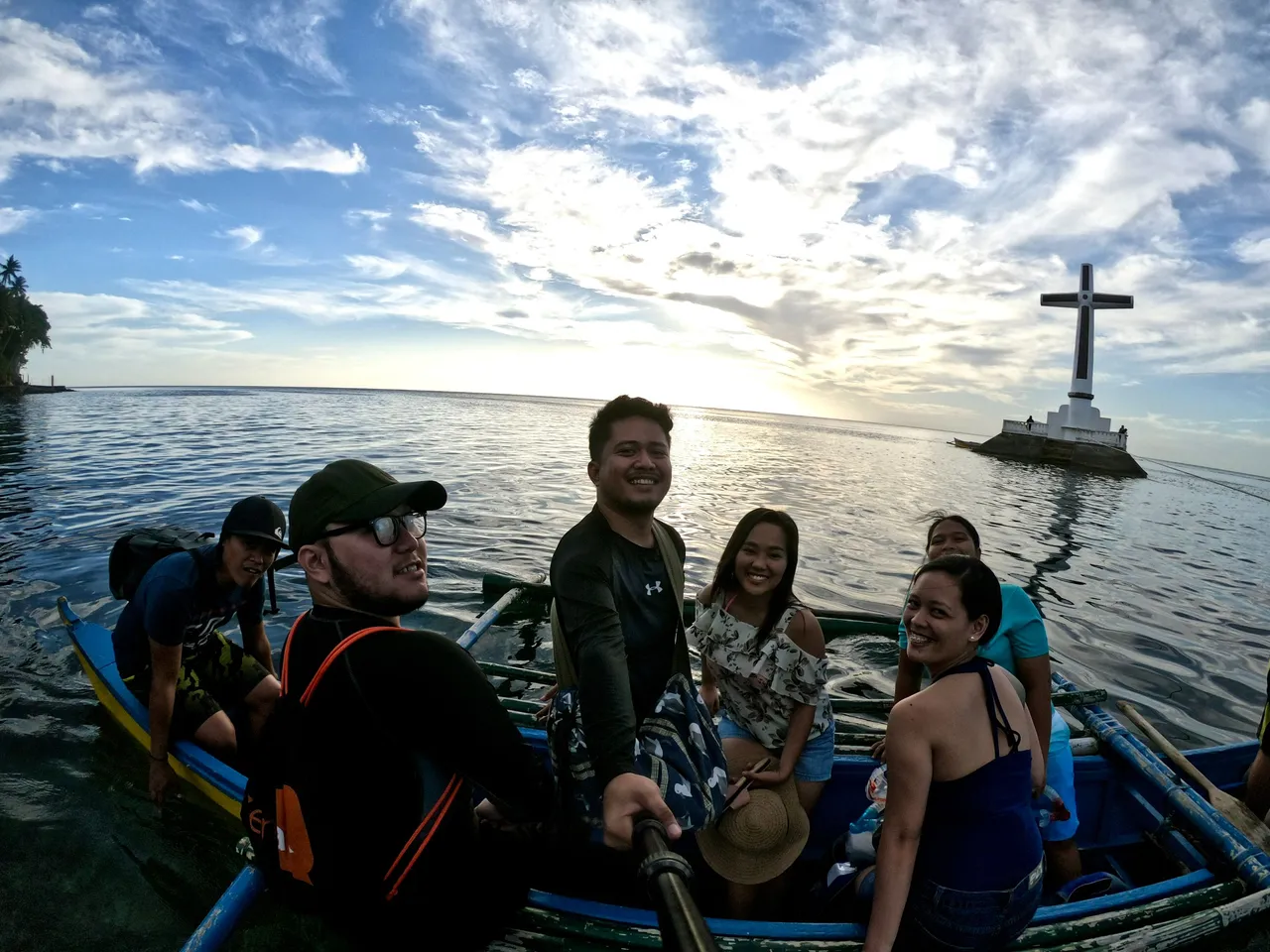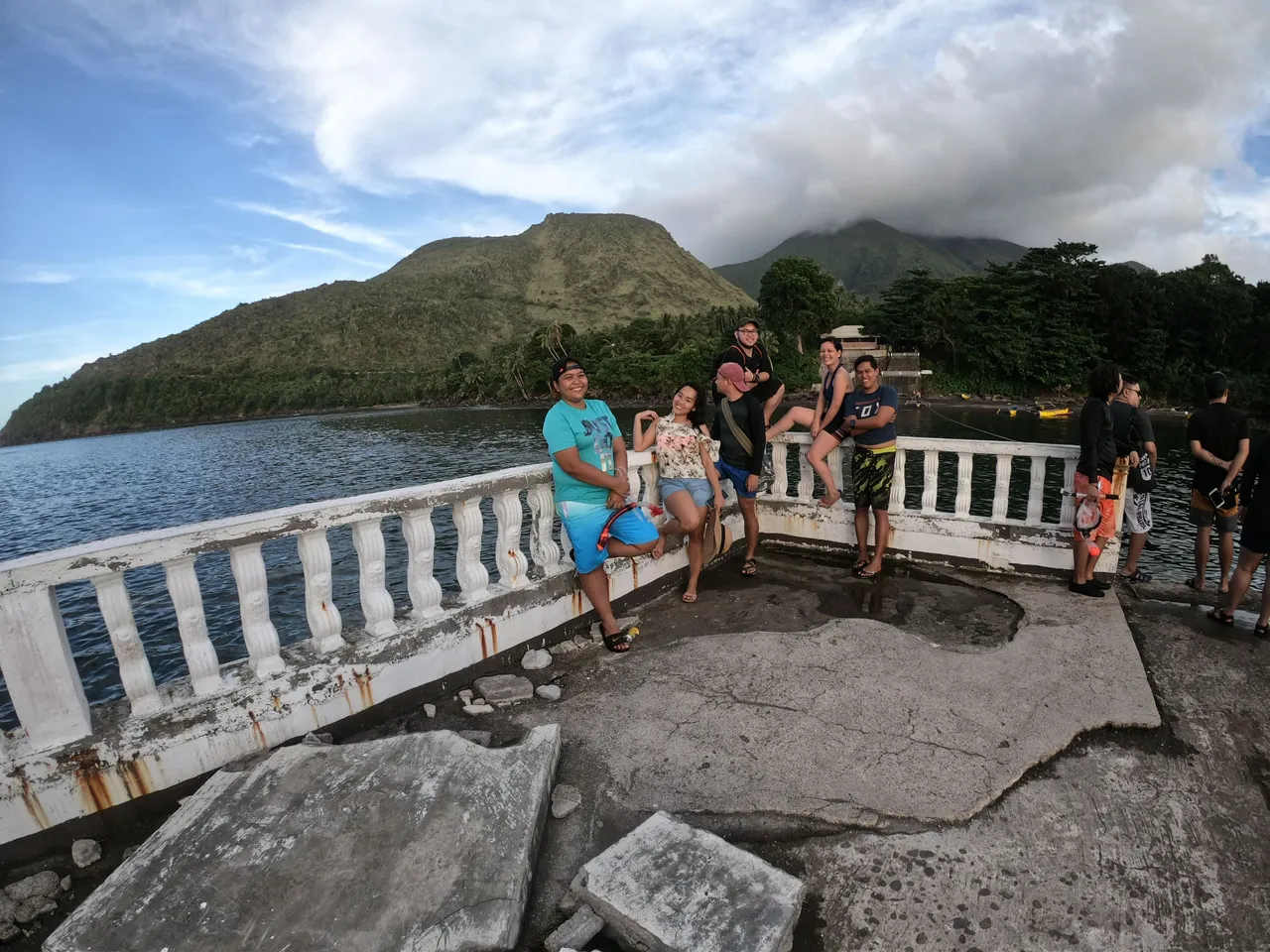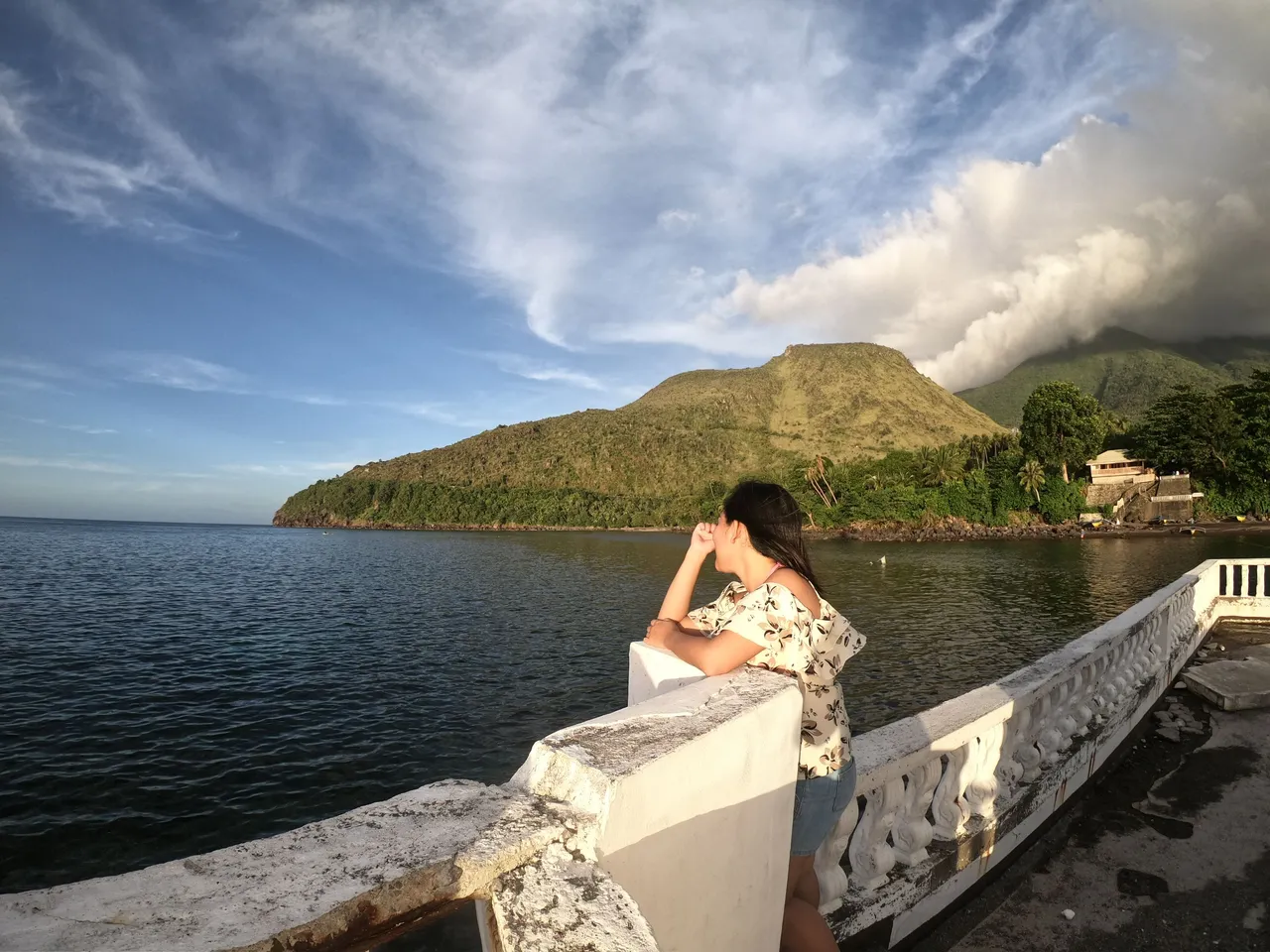In life, it is essential to slow down and take a break from the hustle and bustle of the city. The demands of working for almost your entire adult life can be incredibly draining and take a toll on your mental health. That is why it is crucial to take a step back and get away from the city, even if it is just for a short while, to inhale the freshness of the air in the province and recharge your batteries.

One of my friends suggested that we should go to Camiguin to experience what she had on her first visit there.
Camiguin Island
Camiguin Island, also known as "The Island Born of Fire," is a volcanic island located in Northern Mindanao under Region X. With seven active volcanoes, one of them being the famous Mt. Hibok-hibok, which erupted back in 1953, killing 3000 people on the island.
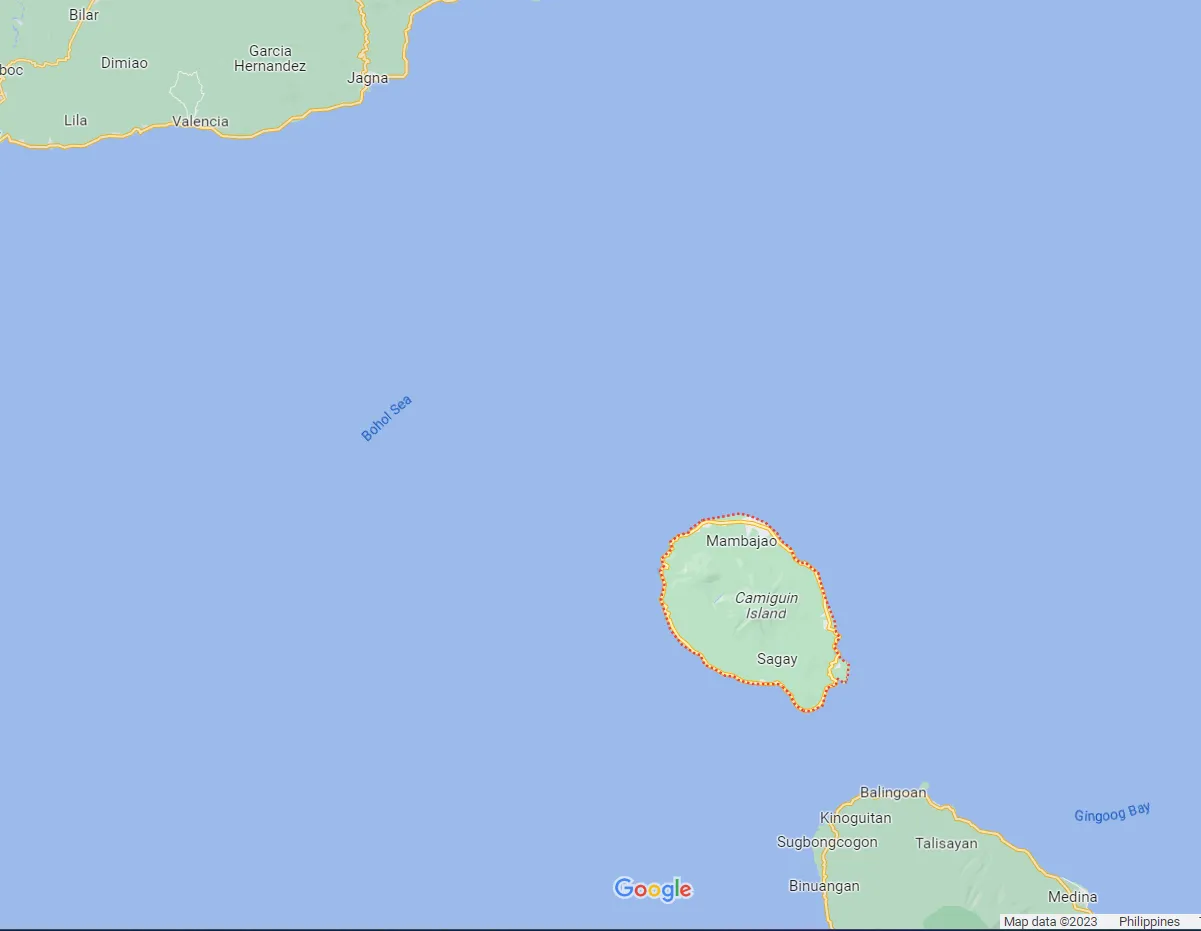
How to get there?
There are different ways to get to Camiguin. The fastest way is to fly to Camiguin Airport from anywhere in the Philippines with a route to Camiguin or ride a ferry from Cagayan de Oro. If you are near Bohol Island, you can ride a 4-hour ferry from Jagna, Bohol.
We are from Cebu, Philippines, so it is easier for us to get there by plane.
Our Accommodation
We booked our accommodation in Paras Beach Resort, just ~5km from the airport, located in Mambajao, Camiguin, famous for its sweet Longkong fruit.
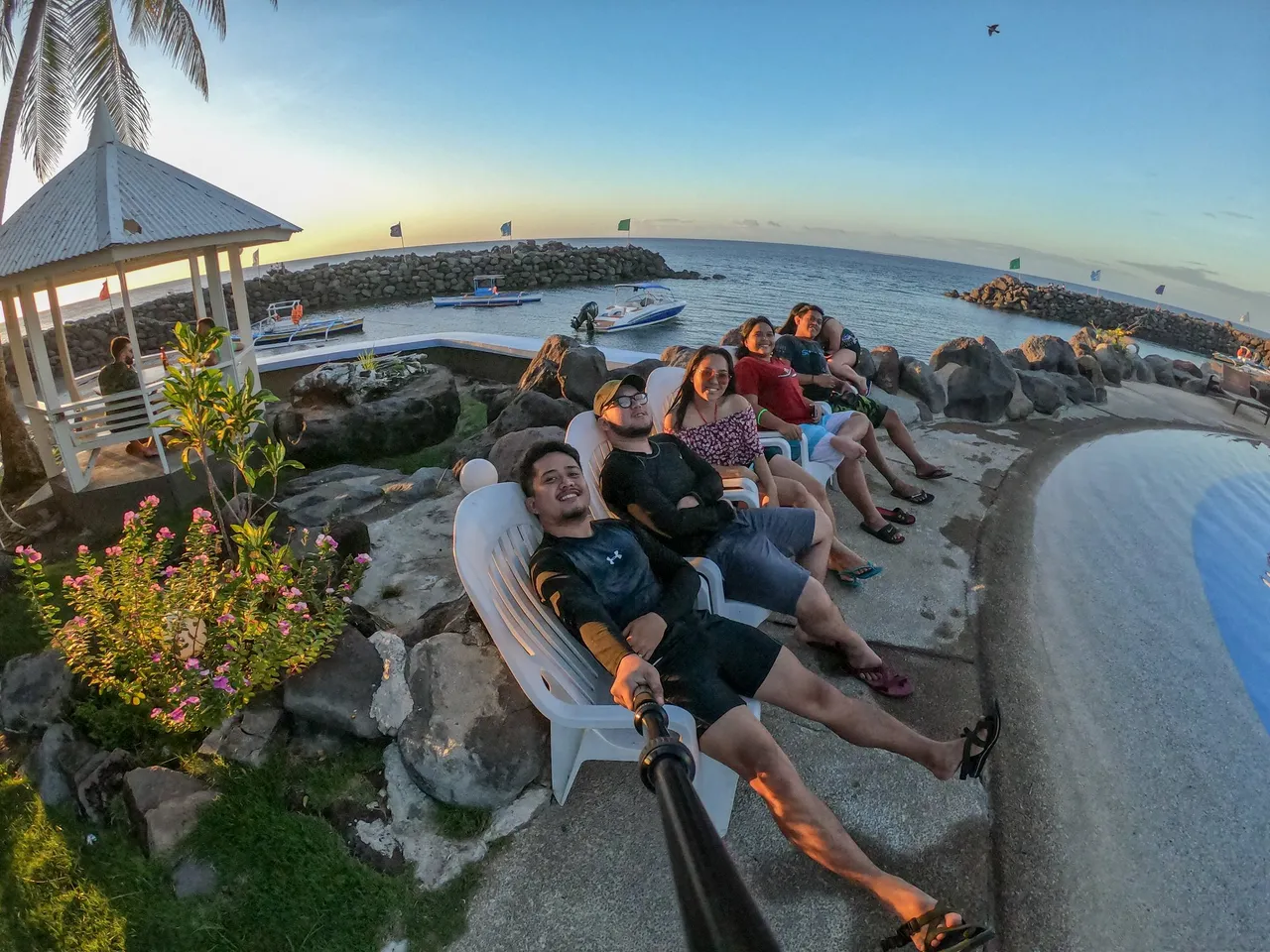
|
|
|
|
|---|---|---|
|
|
|
|
We decided to stay there because of its accessibility to the major spots in Camiguin.
Places to see
Camiguin is a small island with many places to offer to tourists. Although it is small, it takes two days to visit all the known spots. These are the must-see destinations and activities we did on our first day in Camiguin:
White Island
A stunning sandbar located a few kilometers from the main island. Visitors can take a boat ride to reach this beautiful destination and enjoy swimming in crystal clear waters.
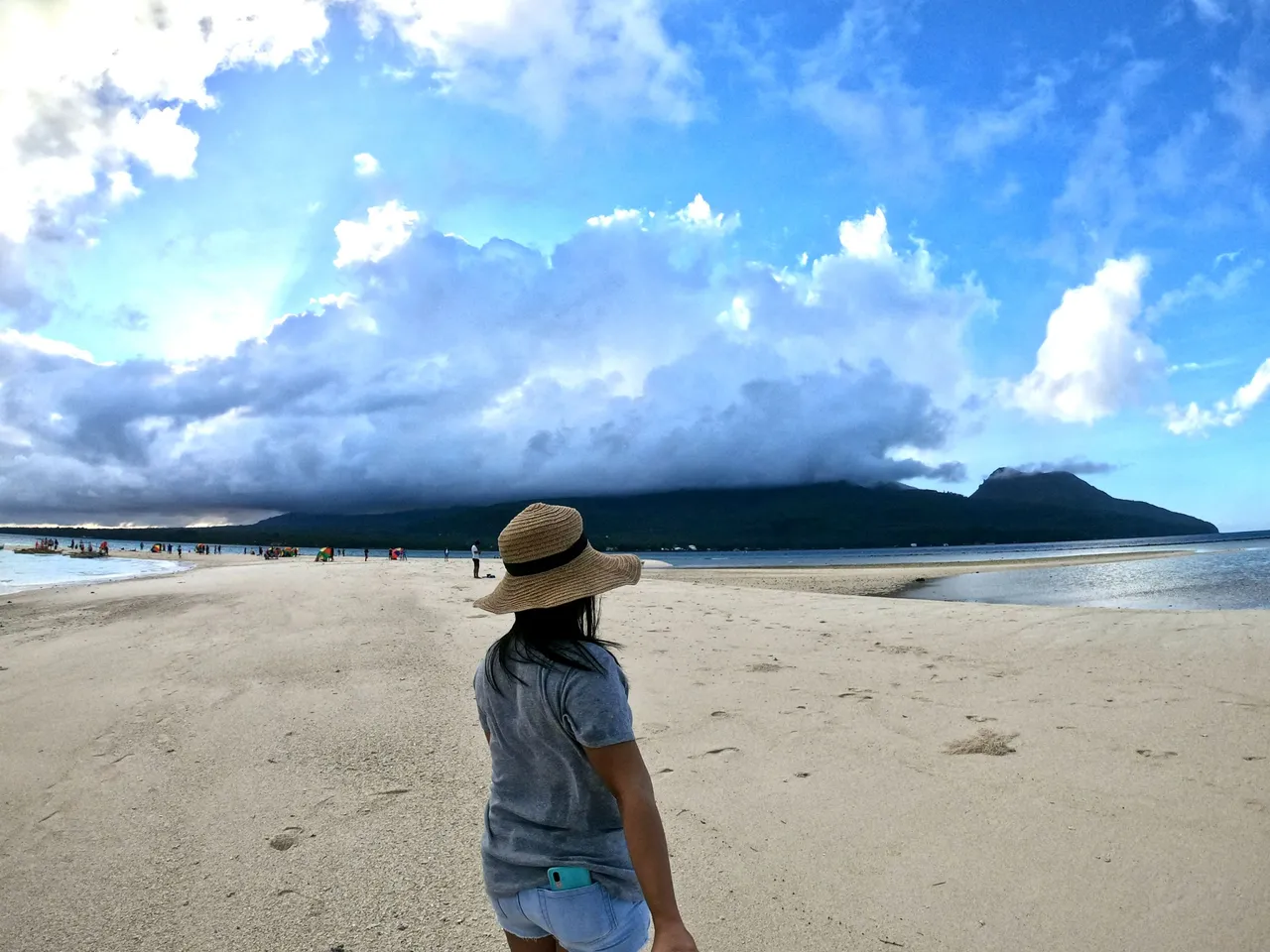
|
|
|
|
|---|
There are no shades to protect you from the heat of the sun, so make sure to put on sunscreen or bring a beach umbrella. We stayed there for 30 minutes because other tourists arrived, and it was getting crowded.
Tuasan Falls
Abeautiful waterfall located in the municipality of Catarman on the island of Camiguin in the Philippines. It is a popular destination for tourists and locals alike, known for its crystal-clear waters and picturesque setting.
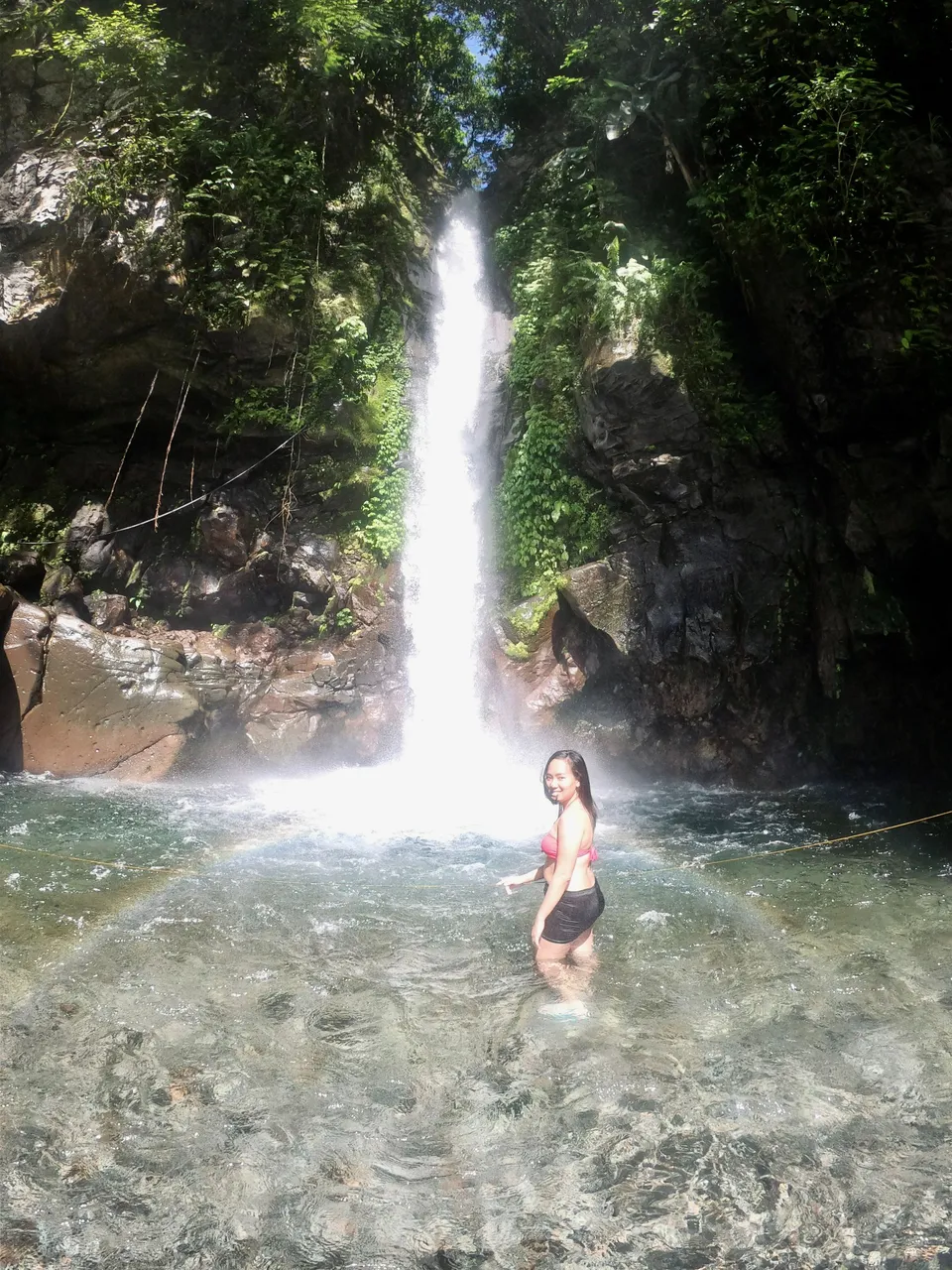
|
|
|
|
|---|
Located 19 kilometers from our accommodation, Tuasan Falls is definitely worth a visit during your stay on Camiguin Island.
Giant Clams Sanctuary
A unique and exciting destination for those who love marine life and nature. The sanctuary is a conservation area dedicated to preserving and protecting the endangered giant clams, which are among the largest species of clams in the world. Located in the coastal town of Guinsiliban, the Giant Clams Sanctuary covers an area of about 5 hectares and is home to more than 3,000 giant clams of various species and sizes.
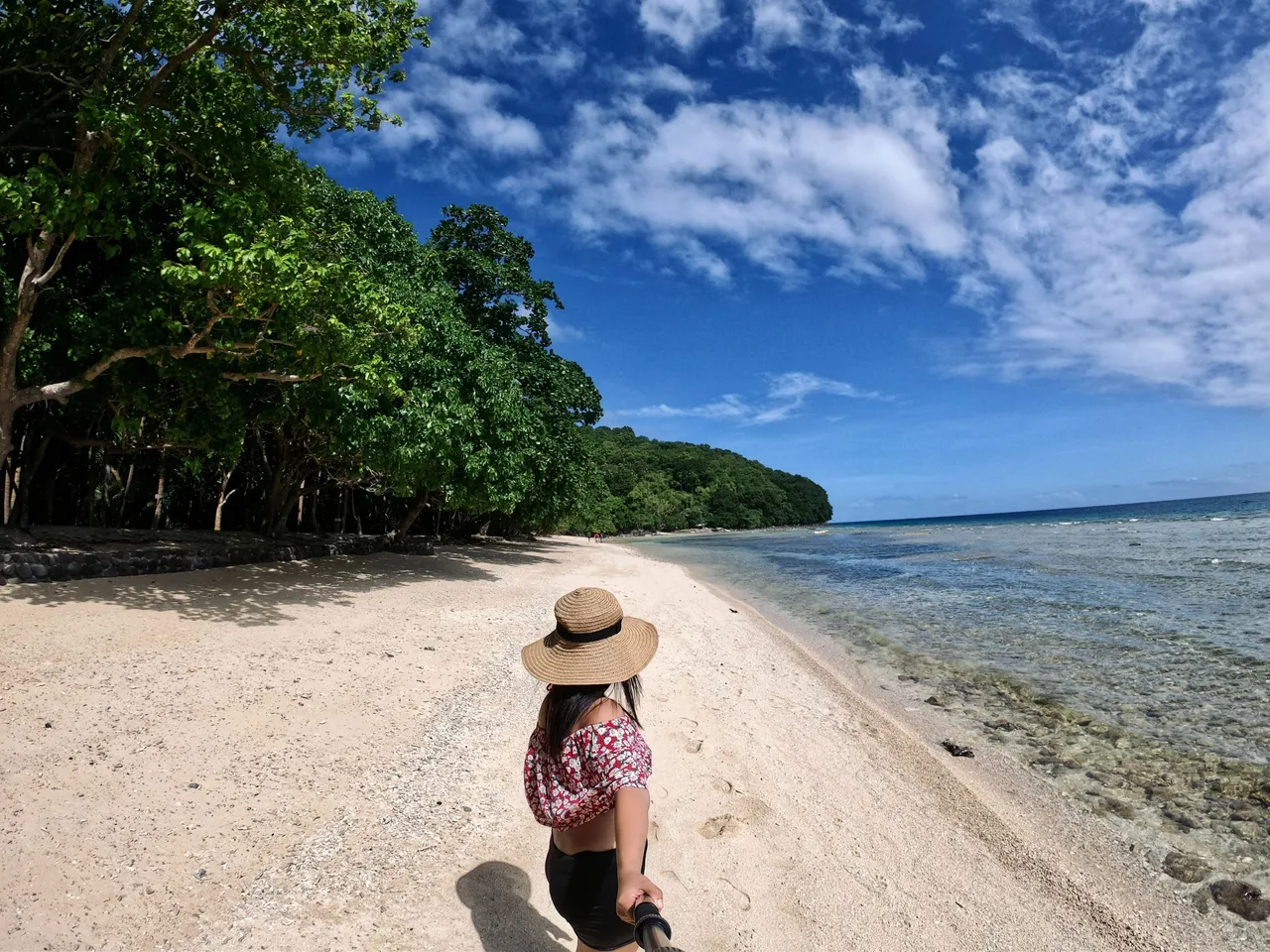
|
|
|
|---|
Visitors can walk along the boardwalks that wind through the sanctuary and see these majestic creatures up close while learning about their biology and conservation efforts. It was high tide when we arrived, and the only way to see the clams was to swim in the deeper part. Some of us decided to wait on the beach, while others swam to see the clams up close. I chose not to get too close to the clams due to my wild imagination of my feet getting stuck or even getting cut.
Sunken Cemetery
We visited the sunken cemetery in the afternoon, just before sunset, since it's located near our accommodation. The Sunken Cemetery, located 7 kilometers from where we were staying, is a must-see due to its intriguing history. Once an actual Catholic Cemetery built by Spanish colonizers in the 1800s, it suffered a significant loss during a powerful volcanic eruption of Mt. Vulcan in 1871. This event caused massive land movements, resulting in a considerable portion of the cemetery and surrounding areas sinking into the sea. Today, visitors can still see the remaining part of the cemetery, including old gravestones and markers submerged under the water.

|
|
|
|
|---|
To reach the big cross, which is one of the popular attractions at the Sunken Cemetery, visitors have the option to swim or rent a boat. Since some of us preferred not to get wet, we decided to rent a boat. Some of my friends chose to snorkel around the area to witness its beauty underneath the water. Meanwhile, some of us chose to chill and enjoy the view from the giant cross.
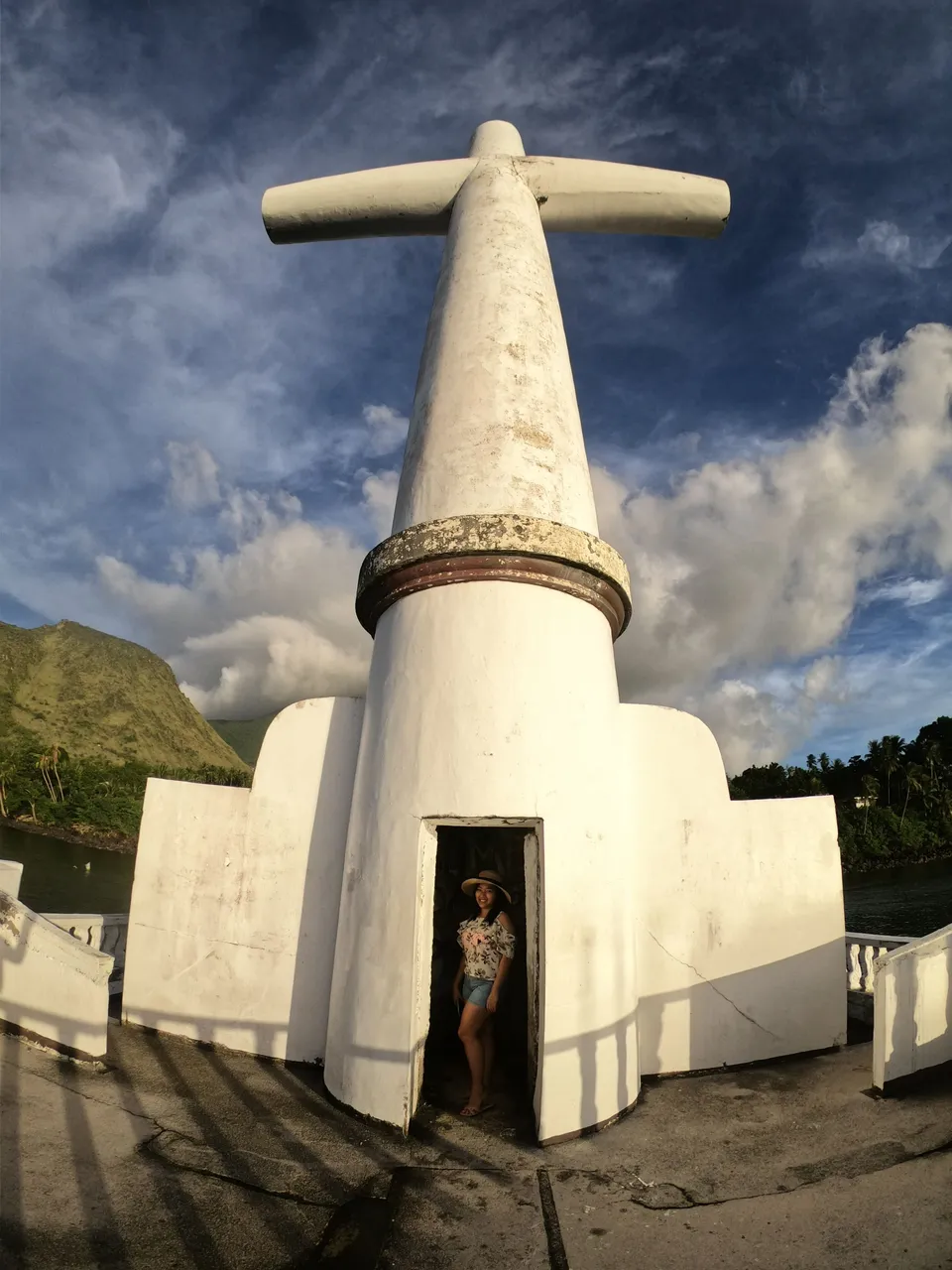
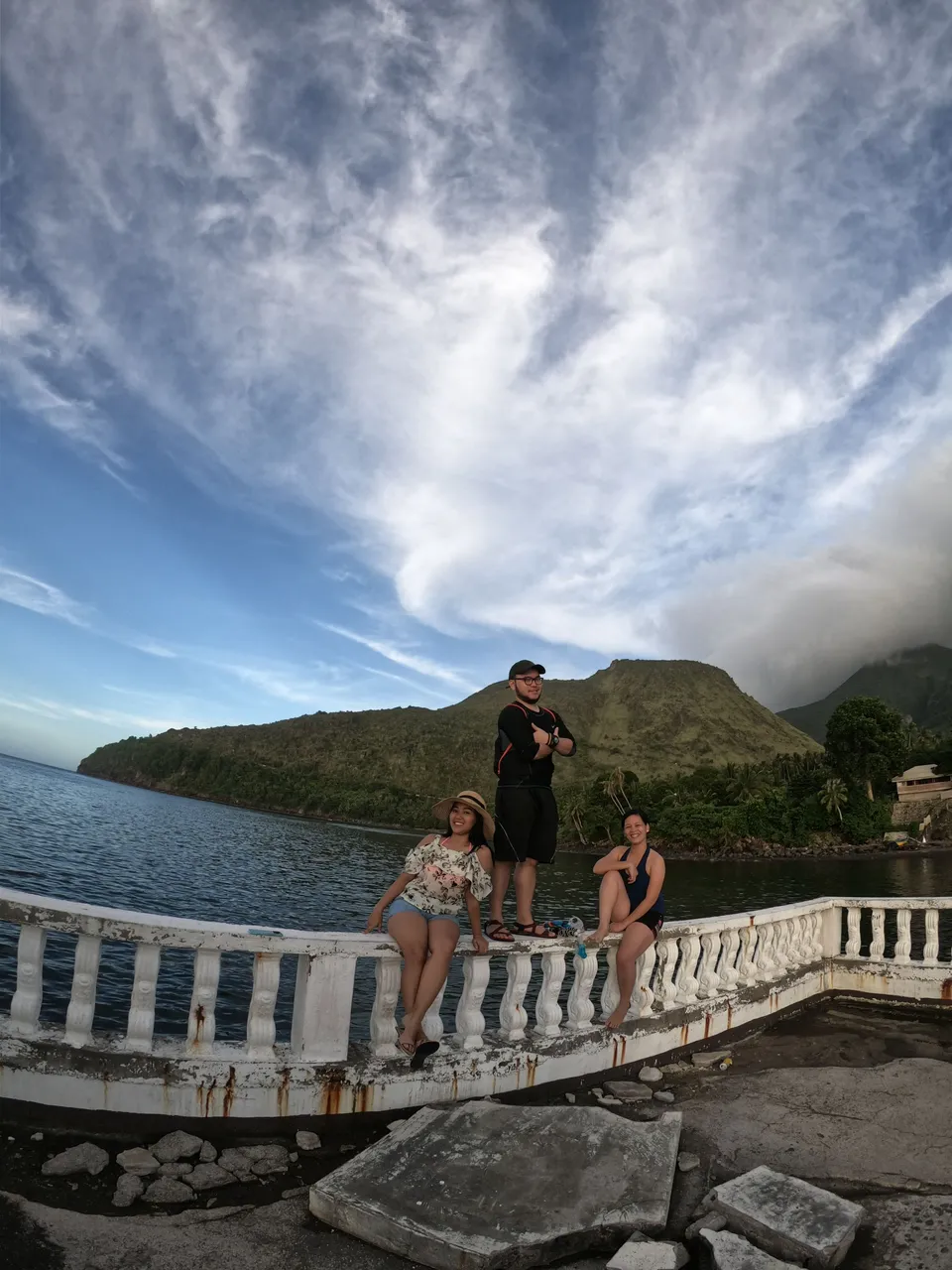
After exploring the sunken cemetery, we ended our day swimming at the pool at our accommodation and waited for the sunset there. We had to wake up early the next day to climb Mt. Hibok-hibok and visit other spots on the island.
Camiguin is not only rich in beautiful sceneries but they are also known for its rich and diverse culinary heritage. Some of the most popular dishes on the island include:
- Pastel - a baked bun filled with sweet and savory fillings. Once you are in Camiguin it's a must to taste their famous VjANDEP Pastel.
- Lanzones or Longkong - a tropical fruit that is abundant in Camiguin Island, known for its sweet and juicy taste.
Overall, Camiguin Island provided us with an authentic and immersive travel experience that we will cherish for years to come. We can't wait to come back and explore more of this beautiful island in the future.
I will continue my blog about Camiguin on the next part, where I will share more about the island's active volcano Mt. Hibok-hibok, Ardent hot springs, and their famous Mantigue Island and other amazing attractions that we discovered during our trip.
